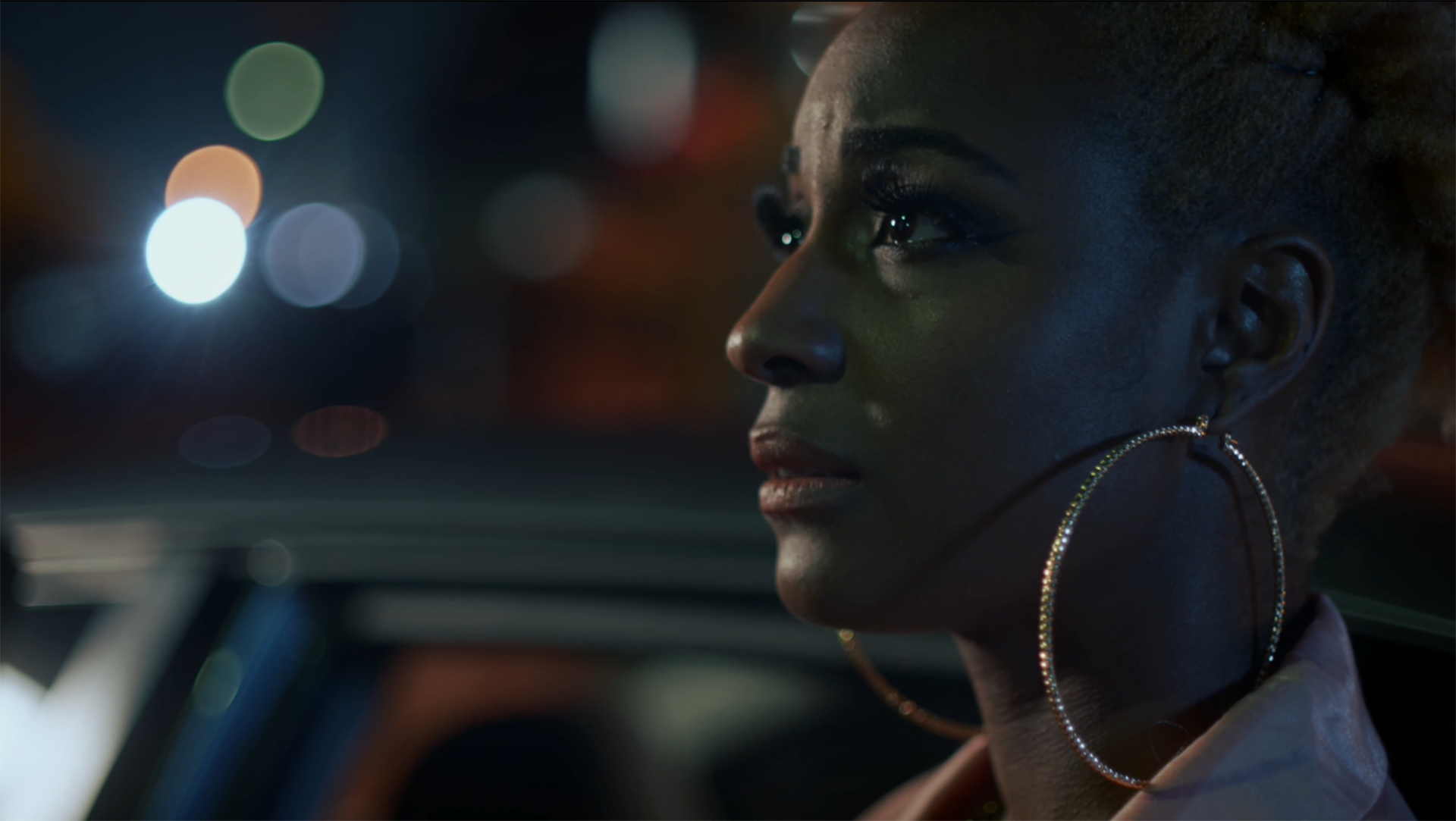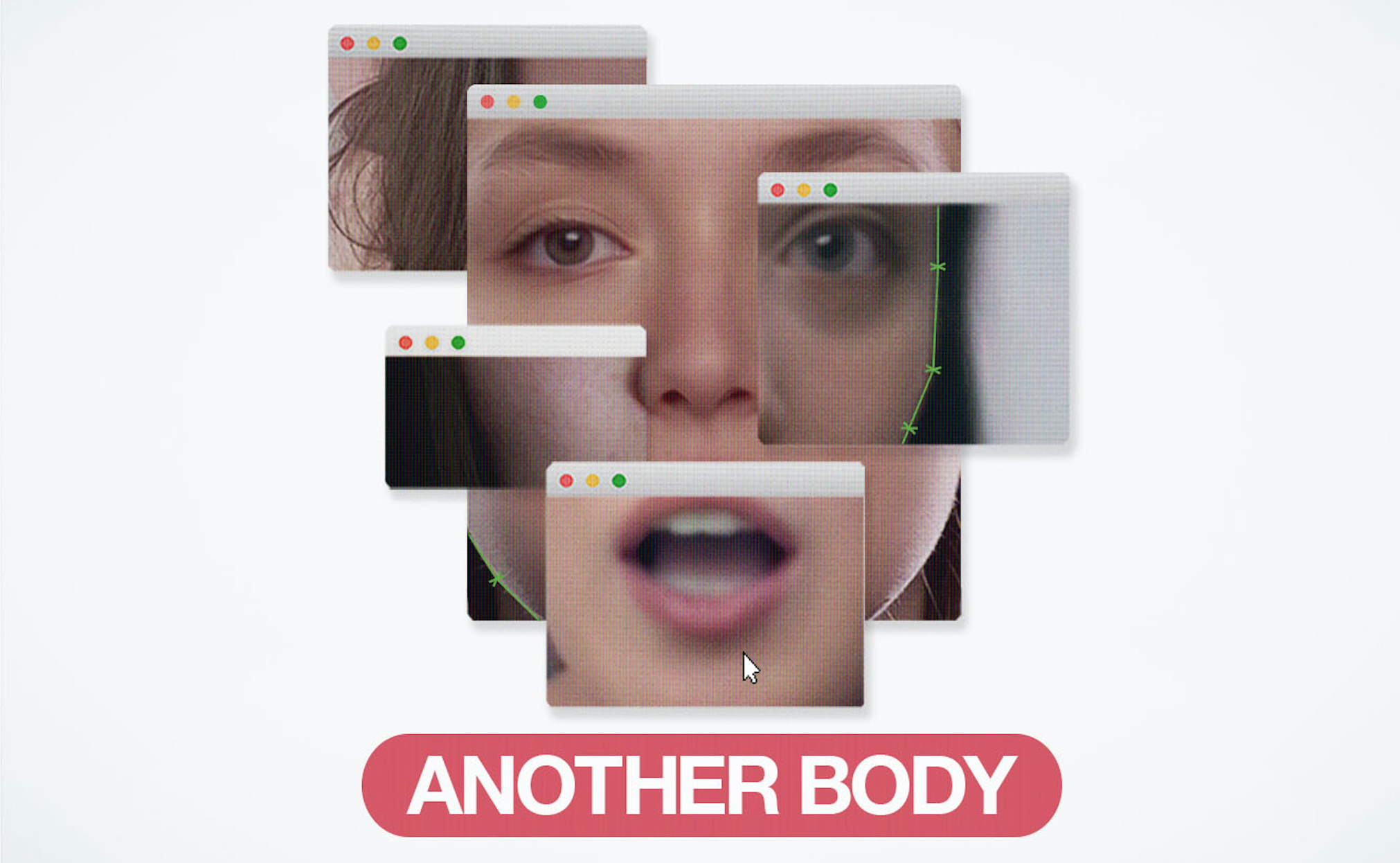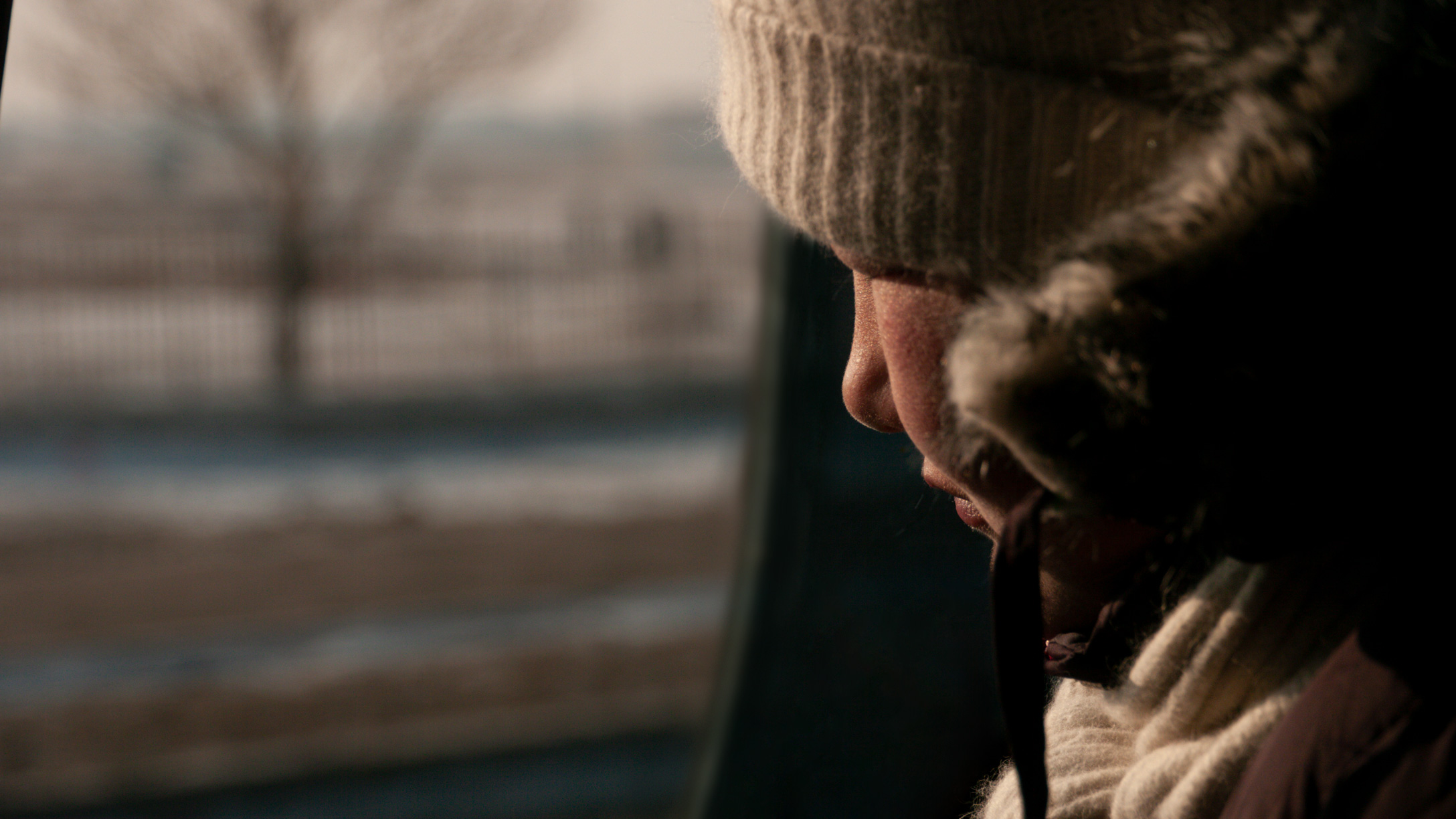
We’re all familiar with the many films made about military, war, and the impact on soldiers and veterans. The majority of these films (as well as TV series) have a male character at its center. It makes sense on one level to see predominantly male-driven military films, as men make up a large majority of all military branches in the United States. Current figures show women make up a mere 15% of all active-duty military personnel. But that should not mean their stories and experiences are brushed aside.
Post Traumatic Stress Disorder is a disorder that knows no gender, and is common among soldiers returning from war and conflict situations. There are increased conversations about the issue and how the government and healthcare system can better understand and help those who are suffering. While men and women can both be victim to it, they can experience it quite differently, as outlined by the US Dept. of Veterans Affairs.
The conversations around how veterans are treated after they complete active duty, especially if they retain an injury, are important to have. There are those in the military who cannot get the benefits and support they need after leaving the service and end up going to see a VA Lawyer to find out their options.
But we are yet to see a major motion picture specifically looking at PTSD through the female gaze, until now. ‘Blood Stripe’ is a new film written and produced by Kate Nowlin, who also stars as the lead character, and directed by Remy Auberjonois. The title refers to the scarlet stripe that runs down the dress trousers worn by officers of the United States Marine Corps.

The story follows a Sergeant who returns home after a third tour with the Marines. Unable to sleep, wracked by paranoia and anxiety, it is clear that in addition to the scars she bears on her body, she carries unseen wounds. When a boisterous homecoming party provokes an explosive outburst, the Sergeant has nowhere to turn, and so she runs deep into the North Woods. Discovering a picturesque summer camp on a lake, she seeks refuge and at first, finds solace. But she cannot outrun her own heart of darkness and the pristine wilderness becomes fraught with peril.
‘Blood Stripe’ explores a character that is relatively new to both U.S. policy and to movies – a fully-combat-participatory female soldier. Filmmakers Kate and Remy deftly feminize the warrior archetype while building the story to an emotional crescendo, reminding us of how little we understand post-traumatic stress beyond its definition. It is both an unusual and universal portrait of trauma and war’s cost to the individual and society.
We had the opportunity to speak with Kate about the importance of this film, and what she hopes audiences will take away after watching it.
Tell us how and why you and Remy decided to write a film about a woman in the military returning home and dealing with life after deployment?
We were doing research around the area in Northern Minnesota where we knew we would shoot the film and we came across some compelling stories about veterans coming home to that part of the country, many of whom were women. It was then we knew we had found the center of our story. Then we dove headfirst into research around all things military, with a focus on all of the women who were serving (unofficially, at the time) in combat roles in Iraq and Afghanistan.
Around that research we built a story of a warrior’s return, and in this case, we felt it was time warrior could be a woman given that they are the fastest growing population in our veteran community. We were transfixed by how a service member transitions from being active duty military personnel to a civilian, in very little time and sometimes with very little support and recognition.
We’ve seen a number of films centered on male soldiers, and a few specifically about PTSD. Why was it important to you to show this from a female perspective?
The sheer number of women who serve in our military-15% of our active duty are women, and over 350,000 women have deployed since 9/11, informed our decision to tell this story. And the fact that Remy and I were making this film together and with very limited resources, he wanted a lean cast, with me at the helm. When I looked into some of the lives and stories of our service women, I recognized something. I had a hunch that if I worked tirelessly, I might be able to serve as a dedicated and credible “stand in” for their stories, and their strength.

Your character was also a combat soldier, a role that was only recently opened up to women in the military in the US. How do you think this role will add to commentary about this issue that has divided some?
Both Remy and I are thrilled to be able to see that the film is raising awareness and becoming a part of the dialogue about women serving in combat. It’s important that our country have an awareness of how diverse our military population actually is and how women are serving and sacrificing right alongside men. We hope that ‘Blood Stripe’ will raise awareness and help expand our culture’s notions of what a soldier looks like (not to mention what a woman is capable of with regards to her strength and service and courage) to more accurately represent a large segment of our military population.
When we began writing in 2013, women were not acknowledged as serving in combat by the Pentagon, and technically, not allowed under US Policy to serve in combat (even though they were). By the time we premiered our film at LAFF in 2016, all combat roles across all branches of the military had been opened to women. As filmmakers and citizens, we were happy to see this shift in policy better reflect and honor the service, sacrifice and strength of our female military personnel and veterans.

While we are only just starting to see more conversations about PTSD politically and socially, it is still from a default male perspective. What are some of the ways the female experience differs (if any)?
There is a lot of research surrounding this question, and the only thing I can say definitively, is a larger percentage of our female veterans than our male veterans report incidents of Military Sexual Trauma, which is one of a number of causes for Post Traumatic Stress. It was my impression, based on the research I did and the veterans I spoke to, that the differences in experience around Post Traumatic Stress are more linked to the type of incident and frequency, and maybe the individual’s unique biology more than to gender
How do you hope ‘Blood Stripe’ will add to conversations about war and its impact on individuals and their communities?
I hope it will provoke more conversation around war and its impact on individuals within our civilian communities so as to help bridge a gap between our civilian and veteran population. Isolation is nobody’s friend. Comprehensive, holistic, de-stigmatized support for our veterans, and all of those who deal with mental health issues, feels vitally important in this day and age.

We’re seeing more women take ownership of the content they are creating, whether as writers, directors or producers. Was it important for your career to have more control behind the camera also?
I wasn’t all that inspired by the content I was reading, and I became incredibly inspired once I began to put pen to paper. From there, I found great freedom in constructing a fully dimensional character (based in real life research and knowledge) who was a woman and a warrior, a wife who and a breadwinner, a dedicated, resilient servicewoman and a person in a great deal of pain. It wasn’t a conscious career move, it was just what came to be…and I’m glad it did. Giving credence to my dreams and those who inspire me, my values, and some of my toughest life lessons, was a good and necessary thing for me to do. And, I’m happy to say, my next project is underway…
‘Blood Stripe’ has received multiple awards and industry accolades. But what do you hope everyday audiences will take away from watching this film?
I hope they will feel a little heartache, a sense of loss and a sense of “we can do better” as a community. I hope they will walk away with a different sense of awareness around those who are serving and sacrificing in this our longest war in US history. And I hope they will have a little more compassion for themselves and for those around them who may be struggling with any type of burden.
===================================================================
To read about ‘Blood Stripe’, get to know the filmmakers, and find a screening near you, visit the website.


















I will check out the film. One quick point , officers and non-commissioned officers commonly called NCO’s (which Corporals and above in the USMC) rate to wear the blood stripe. If the main character is a Sergeant that is an enlisted NCO rank which rates the bloodstripe.